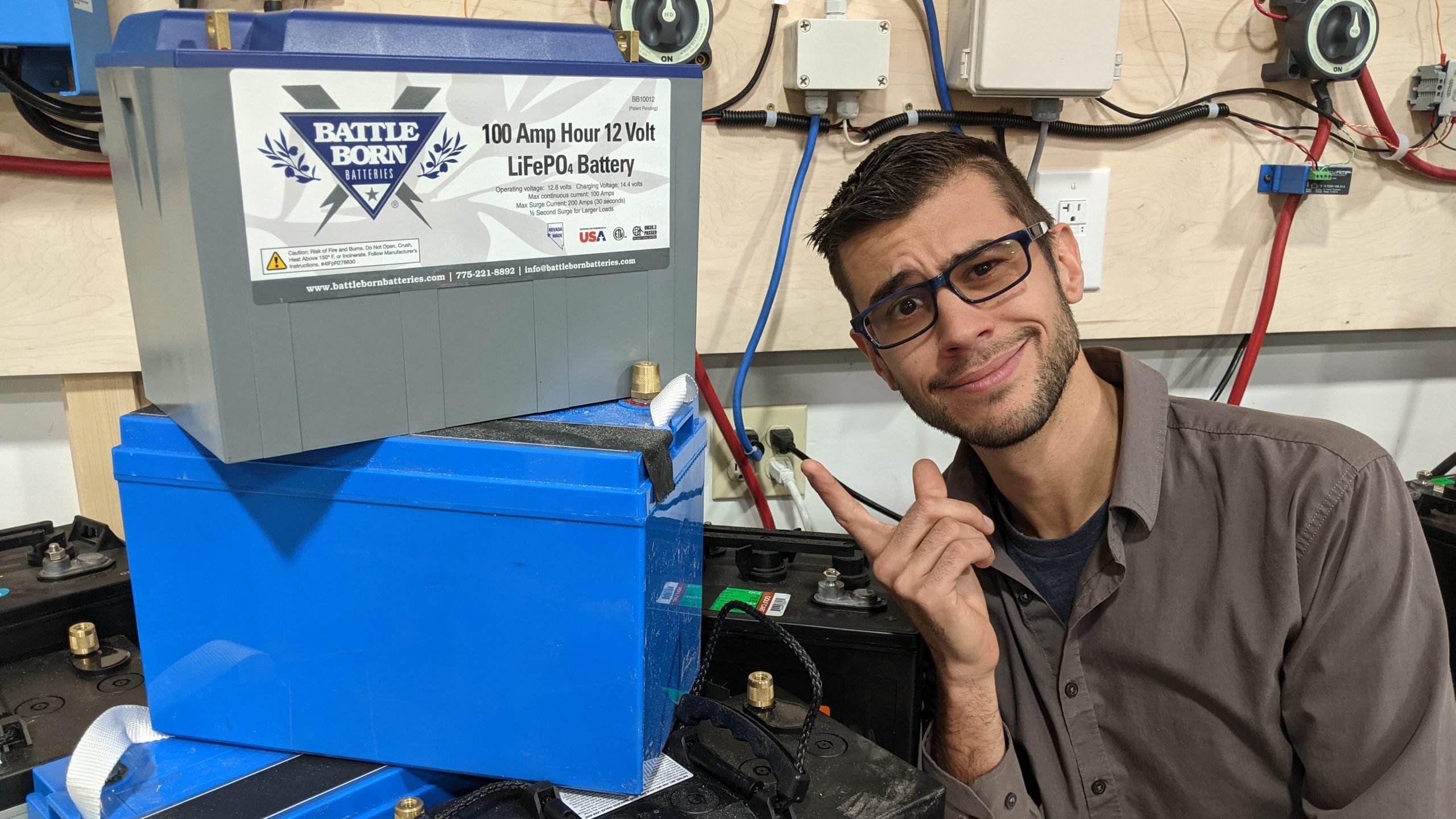LOL fast charging an LFP bank when well below freezing temps can render a 20,000 investment instant scrap dead as a doornail.
How anyone "feels" about that fact is irrelevant, and it's very easy to test if you really doubt it.
Now milder temps and slower rates, you might only be losing a few hundred cycles per incident iff the back end, might not notice for 15 years, so yes hard to get data, lots of variables involved.
LFP as a generic chemistry is only "getting better" in two senses
1. manufacturers have been improving energy density (not power density)
2. we now know better how to treat them in order to get 8-10,000 cycles before SoH hits 75-80%
The problem compared to 15years ago, is that the list of proven top notch quality cell makers has hardly expanded, but there are hundreds of "cheap Chinese" vendors selling via eBay and Ali, and then all the so-called "drop ins" and powerpacks where no one know what the cells are like, often not user replaceable, so have to assume 2-3000 cycles is best case scenario.
Bang for the buck in lead, so long as you are buying true deep cycle units
by far is FLA.
Unless you really need the higher C-rates, or mounting on their side or something.
The best lead battery value by far is Duracell (actually Deka/East Penn) FLA deep cycle golf cart batteries, 2x6V, around $200 per 200+AH @12V pair from BatteriesPlus or Sam's Club. NAPA relabels it here:
https://www.napaonline.com/en/p/NBP8144 Deka self-labeled also sold at Lowes.
The only good AGM for true deep cycling usage is Odyssey, Northstar and Lifeline
with some special use cases justifying Firefly Oasis.
But the cost per Ah per year is at least 2-3x the Deka's.

 mortonsonthemove.com
mortonsonthemove.com

 mortonsonthemove.com
mortonsonthemove.com
